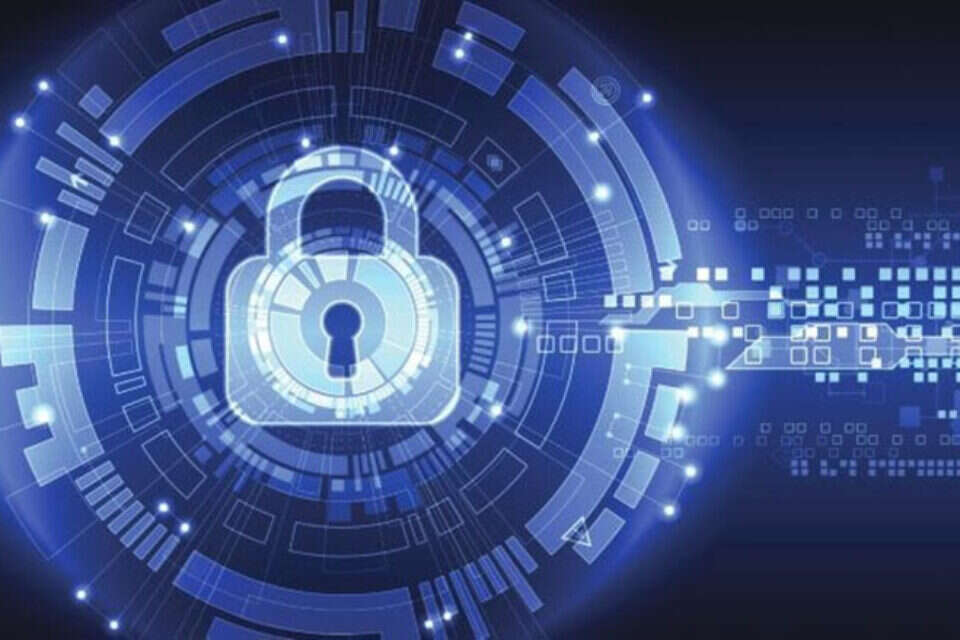The technological world continues to evolve, and today we are already talking about computers with incredible computing power that dramatically surpasses the processing capabilities of computers today.
These are quantum computers that can perform certain important operations much faster and with much greater power than the activity of existing computers today.
Quantum computer, Photo: Alexei Bylinskii - QuEra / via REUTERS
Along with the blessing in question, the issue raises concerns about the ability to break into encryption, which exist in almost every action we take: from a secure payment, through sending messages, etc. Today every encrypted operation is based on a mathematical algorithm that a normal computer, in terms of computing power and time required, has difficulty solving and hacking the code. In contrast, scientists believe that the great power of quantum computers that will operate quickly and simultaneously, can relatively easily break into encryptions and infringe on users' privacy.
However, a new study led by
Prof. Ronen Rapaport and Dr. Hamza Aboudia
of the Spice Institute of Physics at the Hebrew University of Jerusalem, in collaboration with Monica Fleischer's research group at the University of Tübingen, led to the development of a relatively simple system. "Shooting machines" of individual photons on which encoded information is loaded.The individual photons, which are the basic units of light ("light particles"), allow coding known as "quantum coding" different from what we know today.
That is, unlike classical encryption that is common today, quantum encryption technology is based directly on the laws of physics and the laws of quantum theory rather than on mathematics and algorithms.
An encryption system based on individual photons that encode quantum, launches them to the desired point, when any attempt to interfere or pump the information - will be identified and thwarted without risk to the information.
Google Quantum Computer, Photo: Google
Abstractly, today the hackers are trying to get into the information transfer chain between two points, pumping out the information and reconnecting the chain, so that the information reaches its final destination, without the intrusion being detected.
The researchers in the team were able to produce a very tiny device that produces and launches individual photons on which the information can be transmitted.
Each encoded photon is called a "quantum bit".
In a quantum bit any contact, or even a measurement, necessarily changes the information encoded on the photon and this will be expressed, upon reaching the destination, in an error in the protocol and giving an indication of the attempted break-in.
In a device developed at the Hebrew University, the researchers used nanocrystal, less than a thousandth of a hair thick - a semiconductor substance that when illuminated with a laser pulse emits a single photon. While the nanocrystal alone does not allow fast enough emissions of photons to produce high-speed encryption keys, the researchers used a "nanometer trick" and were able to significantly increase the rate, to about ten million photons per second, and aim to reach a rate of one billion per second. This is done by flowing the photons in a kind of miniaturized metal cone attached to the nanocrystal, which serves as a "lightning rod" that draws energy and light from the nanoparticle and becomes an antenna that transmits the light.
The researchers led to a situation where the light emitted from the photon would move in the necessary direction and not randomly, by a nano-lens that directs the emission of the photons in the desired direction.
Thus, once they have increased the emission rate of the photons encoded with the information and they move it in the desired direction, they can be collected to the destination point and read the information encoded in them, without the ability of external intervention.
Already today organizations and countries are developing quantum computers, and in the not too distant future their use will be common at the commercial and institutional level.
The importance of the device is in its ability to enable uninterrupted encoding using a relatively simple system, which can be operated even at room temperature.

